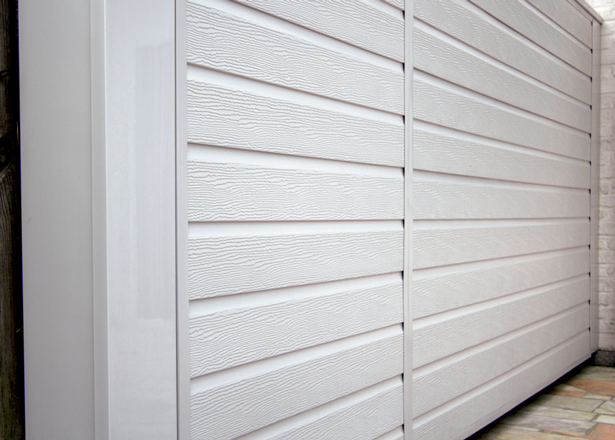Polyvinyl chloride (PVC) is a widely used synthetic plastic polymer that has found its way into various industries and products. From construction materials to medical devices, PVC's versatility has made it a popular choice. However, concerns have been raised about the potential health risks associated with PVC, particularly when it comes to breathing in its fumes or dust particles. In this article, we will explore the various aspects of PVC and its potential impact on respiratory health.
Understanding PVC:
PVC is composed of vinyl chloride monomers, which are chemically combined to form a rigid or flexible plastic material. It is commonly used in the construction industry for pipes, window frames, flooring, and insulation. PVC is also found in consumer products such as toys, clothing, and packaging materials. While PVC offers durability and cost-effectiveness, its production and disposal can have adverse effects on both the environment and human health.
Health Risks of PVC:
- Toxic Chemicals: PVC production involves the use of toxic chemicals, including vinyl chloride, phthalates, and dioxins. These chemicals can be released into the air during manufacturing, leading to potential respiratory hazards when inhaled.
- Volatile Organic Compounds (VOCs): PVC products can emit VOCs, which are gases that can be released into the air at room temperature. These VOCs, such as benzene and formaldehyde, can cause respiratory irritation, headaches, and even long-term health effects with prolonged exposure.
- Dust Particles: When PVC products are cut, sanded, or burned, they can release fine dust particles into the air. Inhaling these particles can irritate the respiratory system and potentially lead to respiratory issues, especially for individuals with pre-existing conditions like asthma or allergies.
- Indoor Air Quality: PVC materials used in buildings, such as flooring or wall coverings, can contribute to poor indoor air quality. The release of VOCs and dust particles from these materials can accumulate over time, leading to respiratory discomfort and potential health risks for occupants.
Precautions and Alternatives:
- Ventilation: When working with PVC materials, ensure proper ventilation to minimize the concentration of airborne pollutants. Open windows, use exhaust fans, or work in well-ventilated areas to reduce exposure.
- Personal Protective Equipment (PPE): Wear appropriate PPE, such as masks and gloves, when handling PVC products to minimize direct contact and inhalation of dust particles or fumes.
- PVC-free Alternatives: Consider using alternative materials that are PVC-free, such as low-VOC paints, natural fiber carpets, or sustainable building materials like bamboo or cork.
Conclusion:
While PVC offers many benefits in terms of versatility and affordability, it is crucial to be aware of the potential health risks associated with breathing in PVC fumes or dust particles. The toxic chemicals, VOC emissions, and dust particles released during PVC production and use can pose respiratory hazards. By understanding these risks and taking necessary precautions, we can minimize exposure and make informed choices for a healthier environment and respiratory well-being.


